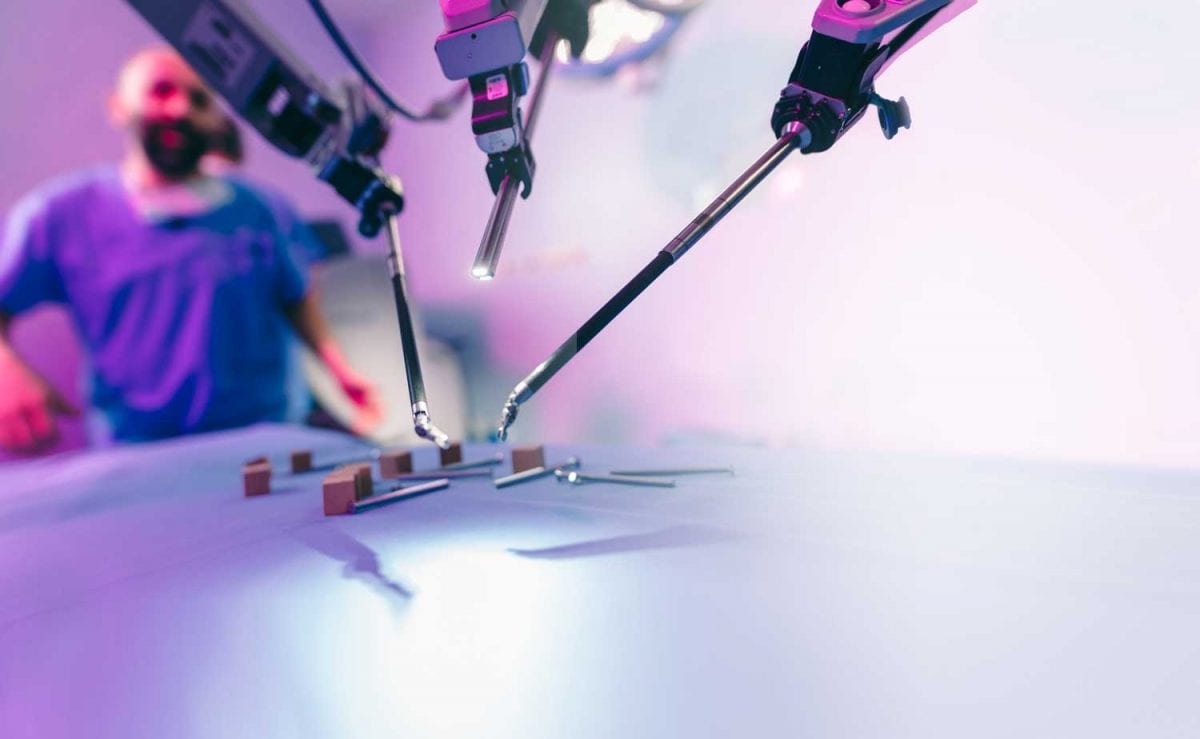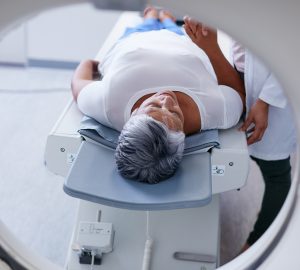When you talk about the most cutting-edge medical advancements in modern times, you must mention robotic surgery. Also called robotic-assisted surgery, it is a system that involves the use of tiny surgical tools and a camera attached to a robotic arm. This has to be carried out by a specially trained surgeon such as Michael Sutker, MD, who offers robotic surgery in Dallas at Michael Sutker MD, PA. The provider controls the arms through a viewing screen.
If you have heard many stereotypes about robotic surgery, you will find the procedure different from what you may have heard. For example, contrary to what many people think, this procedure is not controlled by robots, as you may have noted. It’s rather controlled by a highly trained expert through robotic arms and a screen. The robot here is just an assistant to the surgeon and hence the name robotic-assisted surgery.
Minimally Invasive Procedure
Whenever possible, everyone would only wish to consider a minimally invasive procedure to manage their condition. Fortunately, robotic-assisted surgery is not like traditional surgery, where large incisions are made to expose the surgery area and organs. Instead, the procedure involves making tiny incisions made possible by the tiny tools attached to the robotic arm.
Candidates for Robotic Surgery
Although robotic surgery has proven effective compared to traditional surgeries, several factors can prevent you from benefiting from the surgical option, including:
Obesity: your surgeon needs a clear vision of the surgical area, and fat tissues can make it very difficult. However, you can be obese and still qualify for the procedure. It all depends on your specific anatomy and the purpose and area of the surgery.
Your Condition: not all conditions can be managed through robotic surgery. For example, you cannot have robotic surgery for plastic and reconstructive microsurgery. The procedure has not been approved to be performed on certain delicate parts of your body.
For mobility: if you have several conditions simultaneously, robotic surgery can affect the other condition, and thereby it can be ruled out of your treatment options.
Major Benefits of Robotic-Assisted Surgery
- It offers improved skill compared to your surgeon’s hands, meaning that it can access hard-to-reach places.
- It gives the provider a better visualization due to the magnification camera involved.
- The surgeon can operate while seated comfortably, reducing fatigue.
- Reduces the surgeon hand tremor risks, particularly to long surgical procedures.
- It reduces the risks of infections as your surgeon doesn’t contact your surgery area.
- Less scarring.
- Faster recovery and shorter hospital stay as there are fewer incisions involved.
Common Conditions for Robotic Surgery
As mentioned earlier, robotic surgery is not for every health condition requiring surgical procedures. However, the following are the main conditions that are commonly treated with robotic surgery.
- Neck and head surgery
- General surgery including severe gastroesophageal reflux disease, gallbladder removal, gastric banding, and gastric bypass surgery
- Urological surgery
- Colorectal surgery
- Gynecological surgery including surgical procedures to prevent pregnancy and to manage or prevent ovarian and cervical cancer
- Thoracic surgery
- Heart surgery such as atrial fibrillation, coronary artery bypass, and mitral valve prolapse
- Cancer surgery, particularly to remove tumors
- Orthopedics surgeries
There is more to learn about robotic surgery to help you understand how this state-of-the-art treatment option can help you manage your condition. Talk to a specialist by contacting Michael Sutker MD, PA today.









